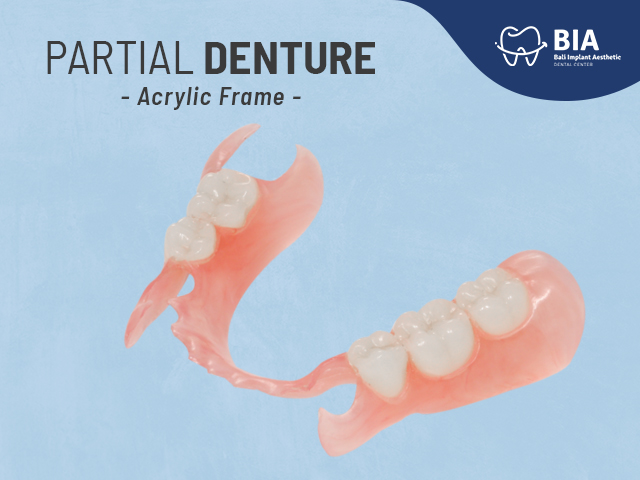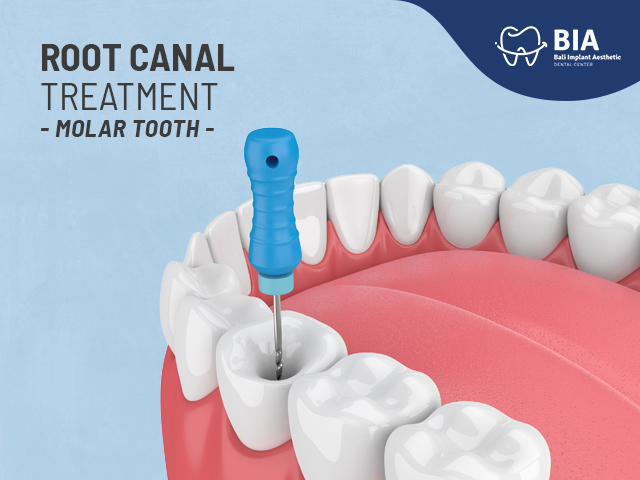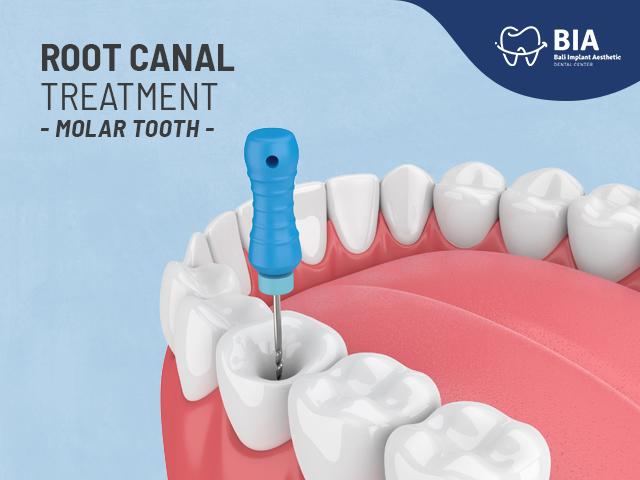Gingival Recession, The Troublemaker
Article | 2022-02-21 03:53:01
Gingival Recession
'The Troublemaker'
Dental and oral problems are not only about teeth, but also gums. Without us realizing it, our bad habits, such as the wrong way of brushing our teeth, can cause several problems, for example, receding gums. Receding gums Receding gums or commonly called gingival recession is a condition in which the gums descend toward the root of the tooth (apically) due to loss of periodontal attachment. This prolapse of the gums can cause some annoying problems, what are they? In this article, we will discuss about the gingival recession and how to overcome it.
Gingival recession is an oral health problem that often causes various complaints, generally someone who experiences gingival recession complains that their teeth look longer. This occurs because the edge of the gum that previously covered the neck (cervical) of the tooth descends towards the root, resulting in an open root surface. The condition of gingival recession can increase as a person ages due to aging. The problem that sufferers often complain about due to gingival recession is an aesthetic problem, especially if the recession occurs in the upper anterior teeth. In addition, gingival recession can also cause dentin hypersensitivity due to the opening of the root surface that was originally covered by the gingiva. The exposed root surface also facilitates erosion and abrasion of cementum and dentin due to the oral environment or due to tooth brushing activities. This condition tends to cause pain (pain) when exposed to stimuli, especially due to changes in temperature. In addition, the exposed root surface makes the teeth susceptible to cervical caries. If left untreated, gingival recession can progress to more severe periodontal disease causing loose teeth. Gingival recession can occur in one or more tooth areas.
Gingival recession can be caused by several things, including;
Brushing your teeth unproperly
The wrong direction of brushing your teeth can increase the risk of the gums dropping, besides brushing your teeth too hard can also be one of the factors that trigger the condition of gingival recession.
Gingivitis (Gingivitis)
Gingivitis that is not treated immediately can develop into inflammation of the deeper periodontal tissues (periodontitis), characterized by gingival recession, then progress to infection, until the teeth are loose and the teeth fall out.
Overpressure
Excessive pressure when chewing food, especially if it is only done on one side and carried out continuously for a long time, will cause occlusal trauma which can damage the collagen fiber structure in the periodontal tissue, especially at the edges of the gums, so that gingival recession can occur.
Calculus (Tartar)
Calculus or tartar that accumulates over time can push the gums in an apical direction, resulting in gingival recession.
Hormone Changes
Hormonal factors during puberty, pregnancy, and menopause can increase the risk of gum disease and are more prone to gingival recession.
Some habits or other conditions that can increase the risk of gingival recession include smoking, consumption of certain drugs, systemic diseases such as HIV/AIDS, diabetes, and dry mouth conditions (xerostomia).
The treatment for the earliest and most basic of gingival recession is scaling and root planing. For more severe conditions, the dentist will perform periodontal surgery such as gingivectomy, gingivoplasty, or Excisional New Attachment Procedure (ENAP) to achieve good gum attachment and improve gum health. In addition, a gingival graft or gum graft can also be done by taking a portion of the gum tissue from another part of the mouth and grafting it on the part that is experiencing recession. Gingival recession can be prevented by maintaining oral hygiene and health, especially brushing teeth in the right way. Check your teeth at least every 6 months to the dentist. The earlier the condition of gingival recession is diagnosed, the simpler the treatment to treat it. Realize your dream of having clean and healthy teeth without gum and periodontal tissue problems with the best dental care for families at BIA (Bali Implant Aesthetic) Dental Center. BIA (Bali Implant Aesthetic) Dental Center is ready to serve you with the best professional dentists in their fields. BIA (Bali Implant Aesthetic) Dental Center is a trusted dental clinic near Kuta and not far from the airport. Don't let dental problems ruin your holiday in Bali, if you are enjoying the beautiful views of Ubud and unexpectedly need a dentist, the distance from Ubud to BIA (Bali Implant Aesthetic) Dental Center is approximately 35 km.
BIA (Bali Implant Aesthetic) Dental Center
Jl. Sunset Road No.86A, Seminyak, Badung, Bali Indonesia 80361.
+6282139396161
REFERENCE:
Chrysanthakopoulos NA. Occurrence, extension and severity of the gingival recession in a Greek adult population sample. J Periodontol Implant Dent 2010; 2(1): 37-42.
Bartold PM. Dentinal hypersensitivity: a review. Australian Dent J 2006; 51(3): 212-8.
Amran AG, Ataa MAS. Statistical analysis of the prevalence, severity and some possible etiologic factors of gingival recessions among the adult population of Thamar city, Yemen. RSBO. 2011; 8(3): 305-13.
Jati, Ana Suzy; Furquim, Laurindo Zanco; Consolaro, Alberto (2016). Gingival recession: its causes and types, and the importance of orthodontic treatment. Dental Press Journal of Orthodontics, 21(3), 18–29. doi:10.1590/2177-6709.21.3.018-029.oin
Gum Disease. Canadian Dental Assosiation. Retrieved January 24, 2022, from https://www.cda-adc.ca/en/oral_health/talk/complications/diseases/gum_diseases.asp
Periodontal (Gum) Disease. (2018). National Institutes of Health. Retrieved January 24, 2022, from https://www.nidcr.nih.gov/health-info/gum-disease




